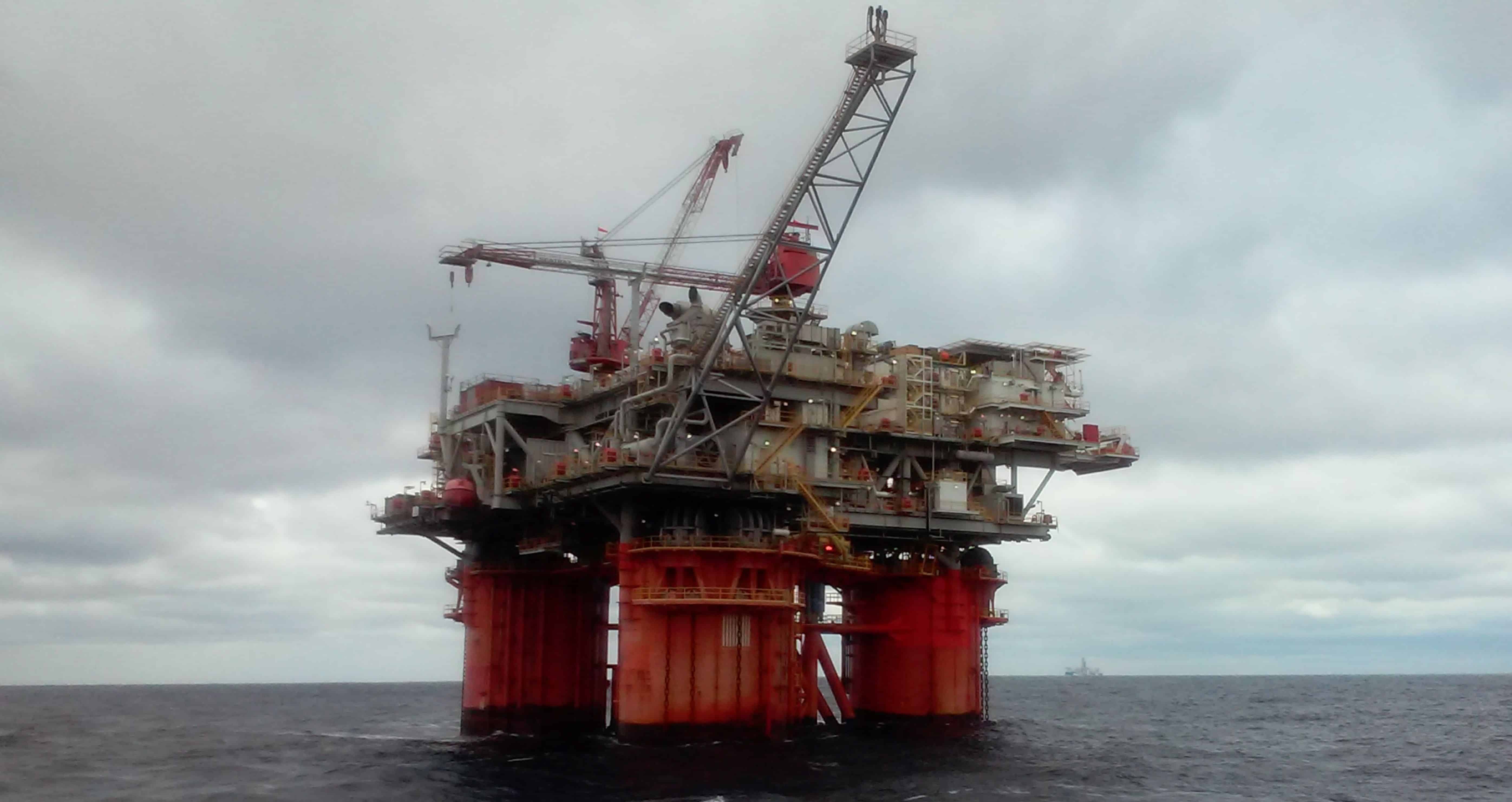Oil was a precarious commodity in 2021: While rising demand following the Covid-19 pandemic boosted prices, the global call for decarbonization threatened to lead it down a slippery slope.
As a result, challenges increased in the GCC countries, particularly in discovering alternative methods to revitalize its economy, which depends heavily on oil revenues.
According to Standard & Poor’s Global Ratings, the GCC budget deficit will fall to $80 billion in 2021, from $143 billion in 2020.
However, the financial crisis of the Arab countries will not ease significantly unless oil prices remain above $80 per barrel for an extended period until the end of 2025.
Important oil events of 2021
Perhaps the most notable developments in 2021’s oil market dynamics included new policies by major oil countries, as well as how the global energy crisis helped transform the oil into an even more powerful competitor to other energy sources, and the slowing of expansion in the US shale oil production, despite the price spike.
The emirates and the Saudi crisis
After the pricing war between Saudi Arabia and Russia in March 2020, a similar split occurred between the United Arab Emirates and Saudi Arabia at the July 2021 meeting.
At that time, major producers led by the kingdom agreed to gradually increase oil production by 400,000 barrels per day during the coming months until the end of 2021, and extend the supply cut agreement to the end of 2022.
Even with a rebound in demand and a spike in Brent prices to almost $75 per barrel, the UAE estimated that the oil market could handle the increased production.
However, Saudi Arabia objected, resulting in a short crisis between the two countries.
OPEC+ choices in 2021 were hampered by the UAE’s proposal to modify the base month and by solid pressure from the United States and India for the alliance to boost supplies gradually.
Oil price recovery factors
It was not until 2021 that oil prices could fully make up for the losses suffered during the pandemic year 2020. They even rose to their best levels since 2014, gaining over 50 percent.
The revival of economic activity, the relaxation of travel restrictions, and the progressive decline of OPEC+ supply have all worked together to produce this result.
Oil prices crossed $80 per barrel in international markets; Brent crude reached $83.2 per barrel on Monday, October 11, 2021.
In comparison, Brent crude was around $55 per barrel in January 2021, implying that its price has climbed by about $28.2 until October 2021, or 51.2 percent over 10 months.
Reserves of Arab countries
At a global scale, 56.5 percent of oil reserves and 26.7 percent of natural gas reserves are owned by Arab countries, according to the Joint Arab Economic Report in 2020.
As a ratio of world oil and gas output, the Arab oil-producing countries provided 28.4 percent and 14.9 percent, respectively.
Positive outlook for OPEC+
With the agreement to lower crude output, the voluntary Saudi and Russian cuts, and the gradual recovery of supplies, the OPEC+ alliance played a crucial role in maintaining stability and balance in the oil markets.
According to a report by Garbis Iradian, Chief Economist at the Institute of International Finance, OPEC+ — led by Saudi Arabia and Russia — decided on December 2, 2021, to preserve its plan for monthly oil production increases of 400,000 barrels per day until the end of 2022.
The report, titled Oil Market: Supply Shortages May Keep Oil Prices High, said OPEC+ was optimistic about the new global travel restrictions because the current vaccines would be effective against the Omicron variant.
Garbis predicted that OPEC+ would increase production even if the Omicron variant led to a significant decrease in global demand for oil.
A year of uncertainty and risks
According to the Institute of International Finance report, oil futures contracts as of December 6 indicated that average Brent prices would range between $73 per barrel in 2022 and $69 per barrel in 2023.
The currently limited increase in OPEC+ oil production, combined with continued supply shortages by non-OPEC producers and a further improvement in global oil demand, could keep oil prices between $70 and $75 in 2022.
Oil’s downside risks include:
- Accelerate US oil production growth.
- An enormous increase in the supply of OPEC+ beyond the current agreement.
- A possible agreement on the Iran nuclear deal might result in a 1.5-million-barrel increase in Iranian oil exports in 2022.
- Slowing growth in global demand due to the Omicron.
At the same time, global production capacity could continue to shrink if energy investment in new supplies continues to decline; and OPEC+ could extend price support through limited supply increases.








